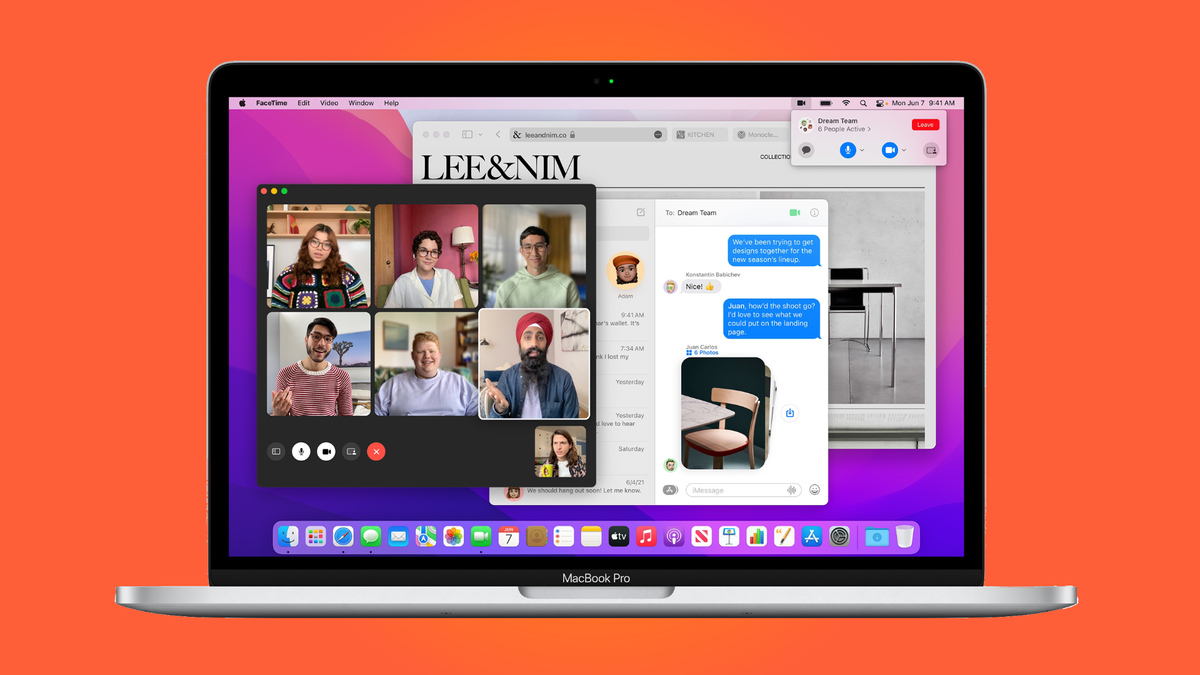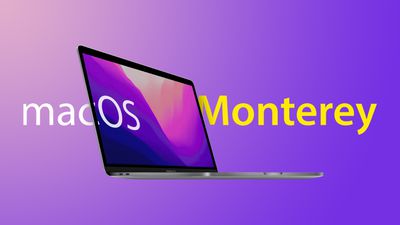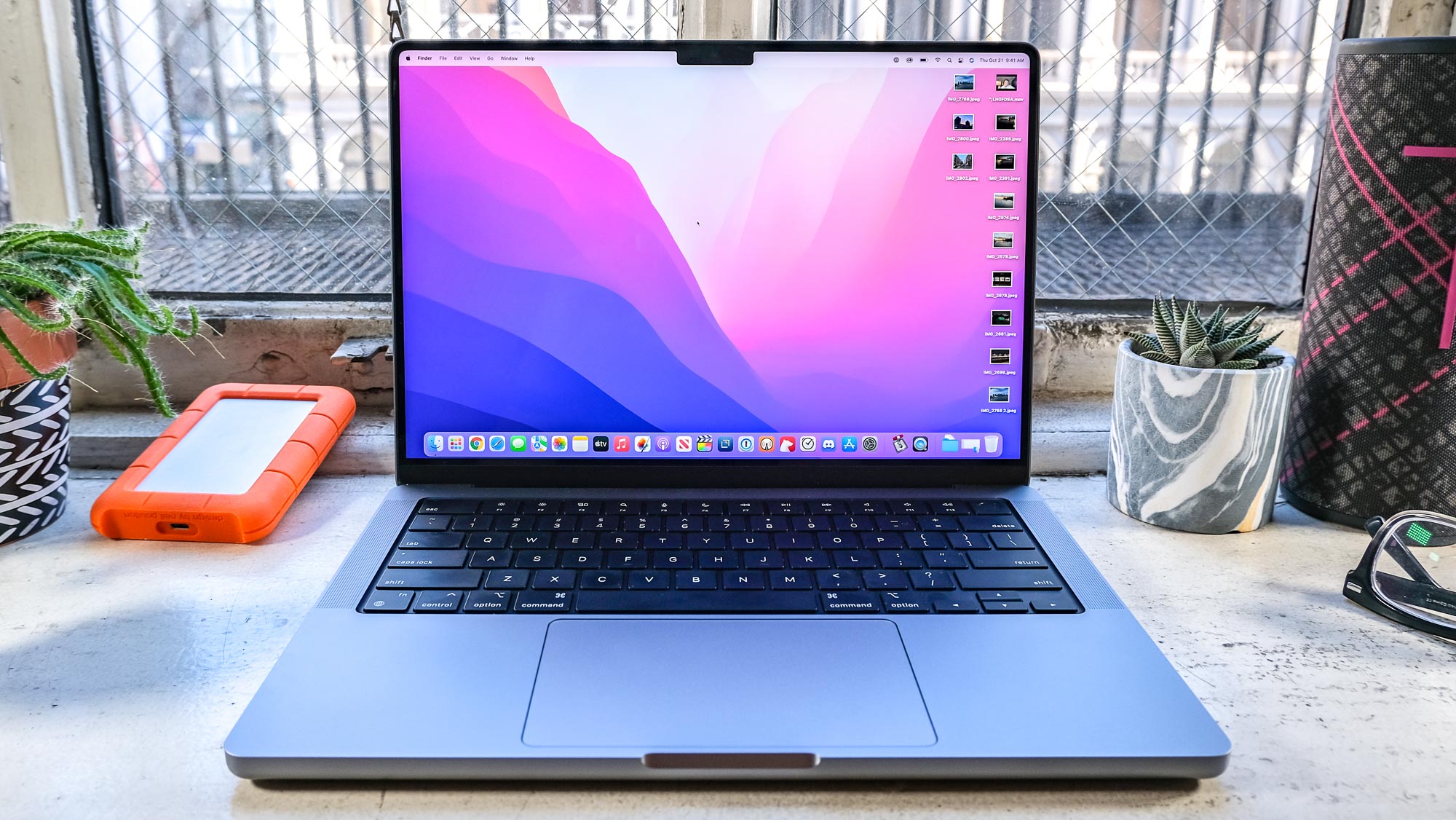

Updated December 2019: Everything is up to date through macOS Catalina.From the table, you can see Apple insists on continuously surpassing itself that promptly upgrades its OS X nearly every one or two years and each OS X upgrade brings you a better combination of your software and hardware on Mac computer. If you have any more questions about reinstalling macOS on your Mac, let us know in the comments. How to set up and customize your Mac from scratch Questions? If you're starting from scratch, you'll need to set up your Mac from scratch. Your Mac will now go through the normal macOS installation process, eventually restarting. Enter your Apple ID and password if you're asked to, though you might not be.Click on the drive on which you wish to install macOS.How to reinstall macOS while in Recovery mode If you're running macOS High Sierra or later on a Mac with an SSD, your choices will be some form of APFS. Click on the format you want to use for your drive.Click on your startup disk in the Disk Utility sidebar.If you want the content on your Mac to stay intact, skip to the next section. If you need to start completely fresh, then you'll want to erase your startup disk using Disk Utility. How to erase your startup disk in macOS Recovery mode First Aid will run, checking the health of your Mac's drive. It should be the drive at the top of the sidebar if there are multiple drives. Click on your Mac's startup drive in the Disk Utility sidebar.Click Disk Utility when in macOS Recovery.
:max_bytes(150000):strip_icc()/apple_macos-bigsur_customizedsafari-startpage_06222020-7853b1814f05475691477c4b5208ea70.jpg)
You'll need to use Disk Utility to do that. The first thing you'll want to do is make sure your Mac's startup disk is healthy. How to check your startup disk with Disk Utility in macOS Recovery mode

Press Shift - Option - Command - R to install the version of macOS that came with your Mac, or the version closest to it that's still available.



 0 kommentar(er)
0 kommentar(er)
